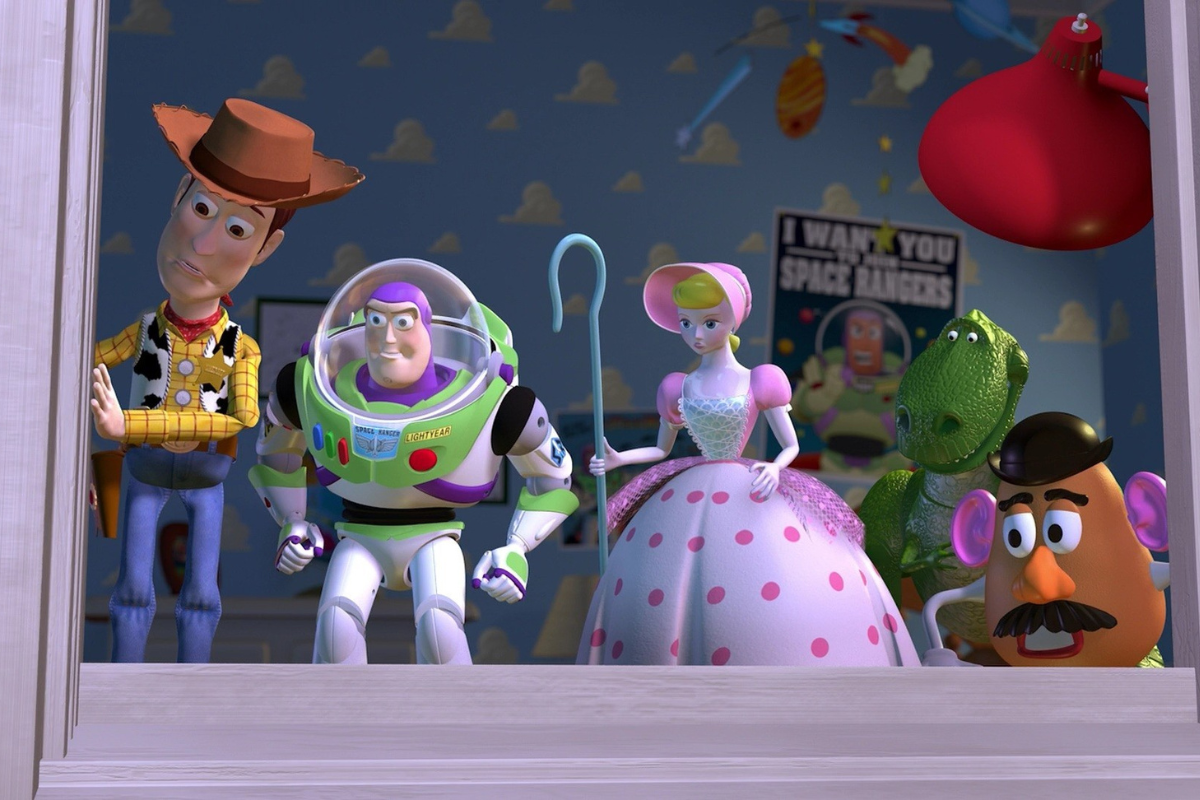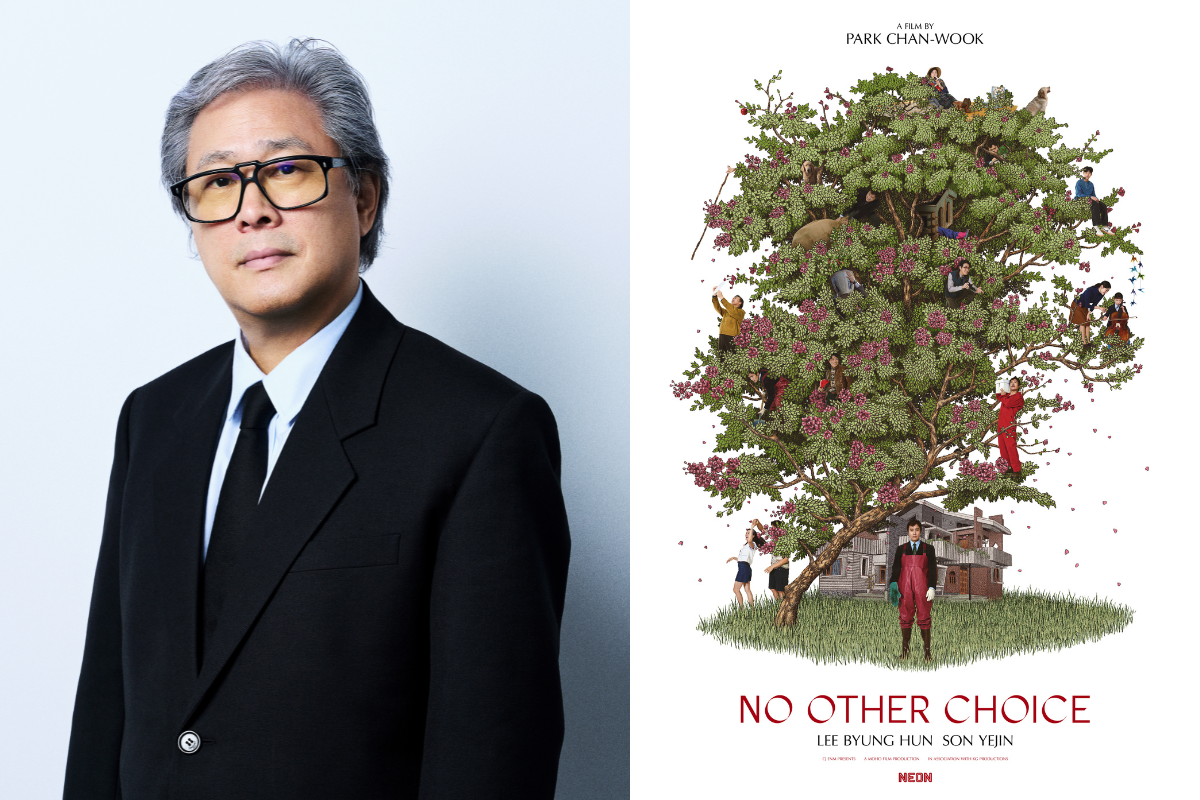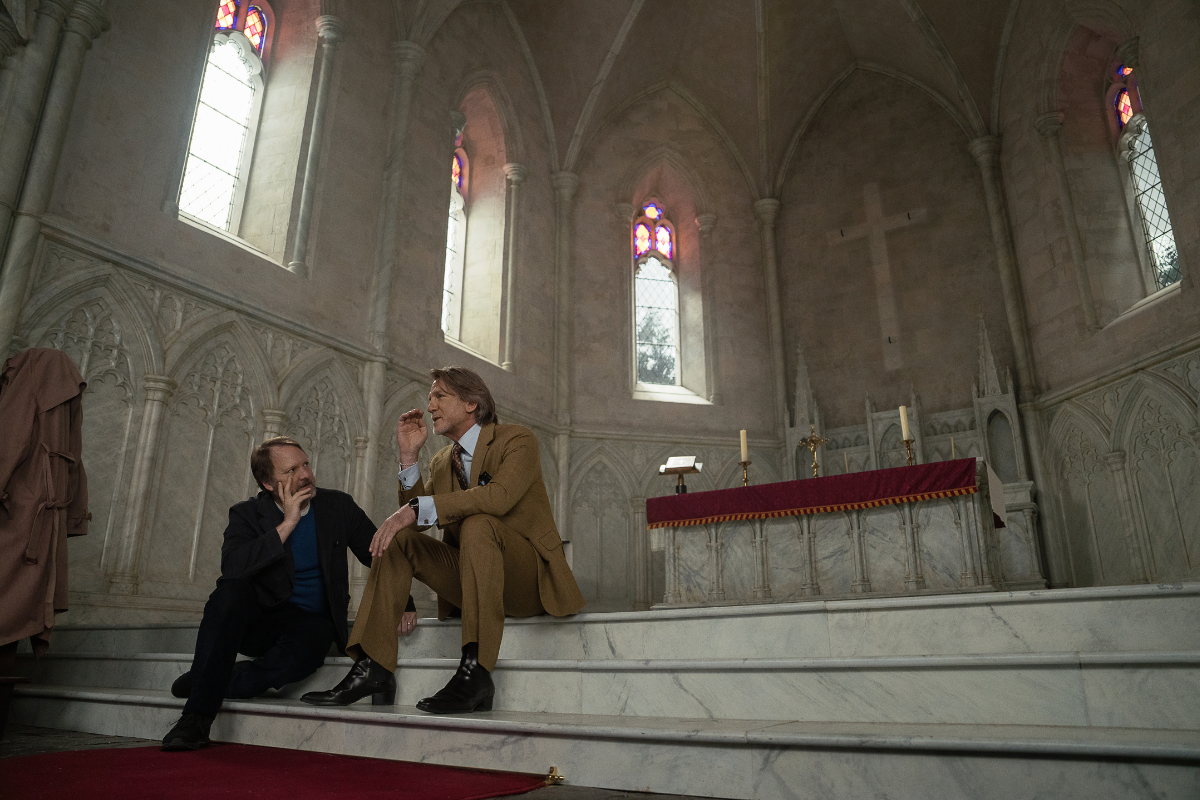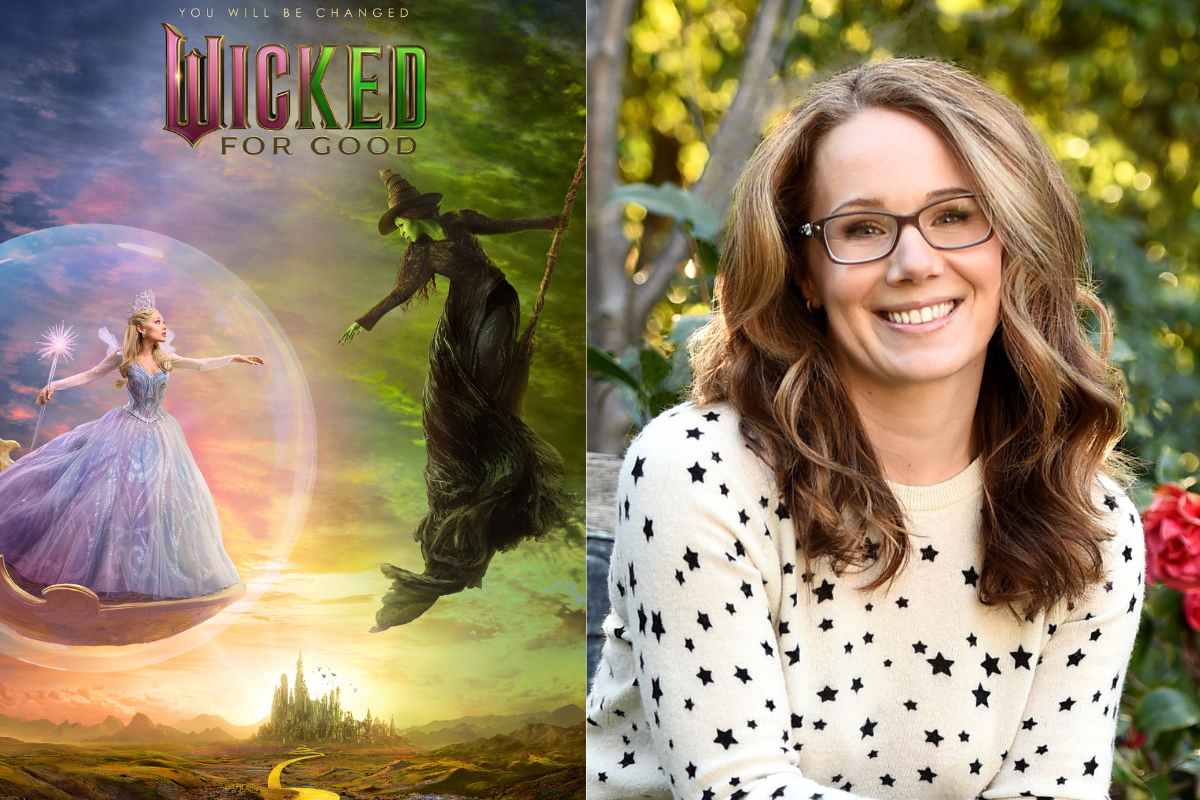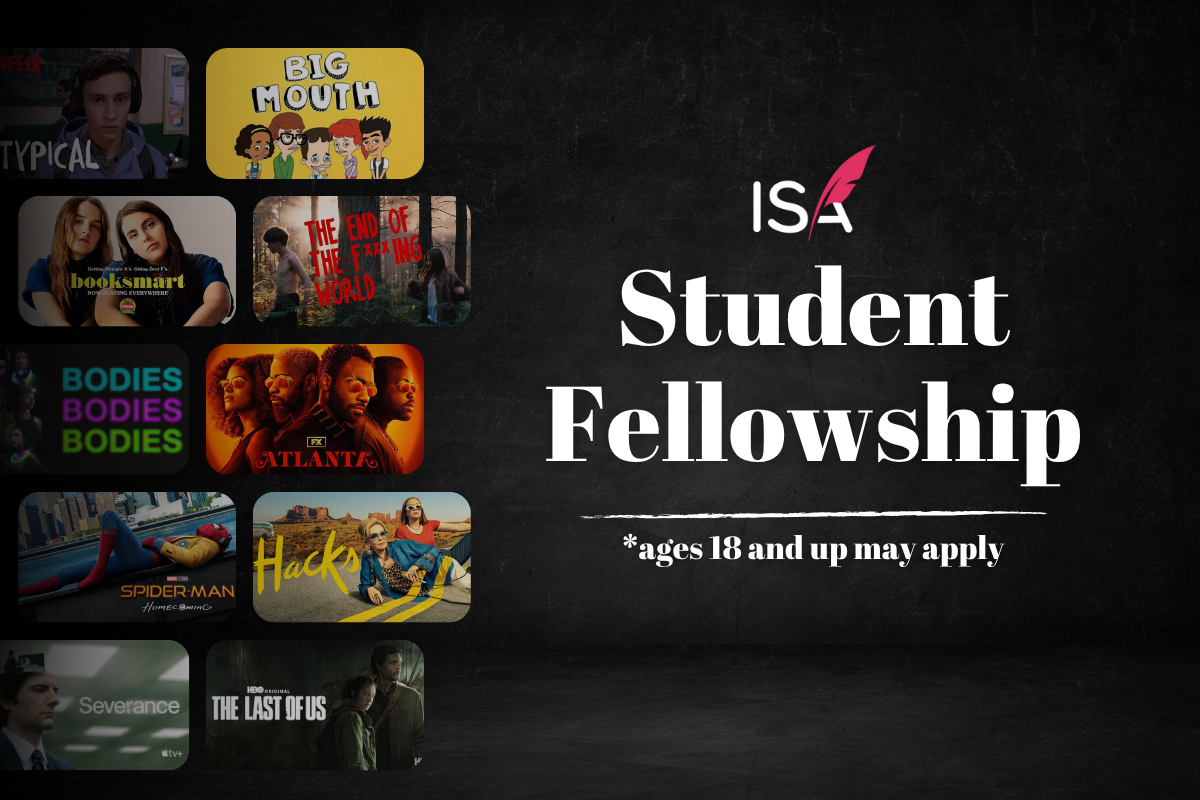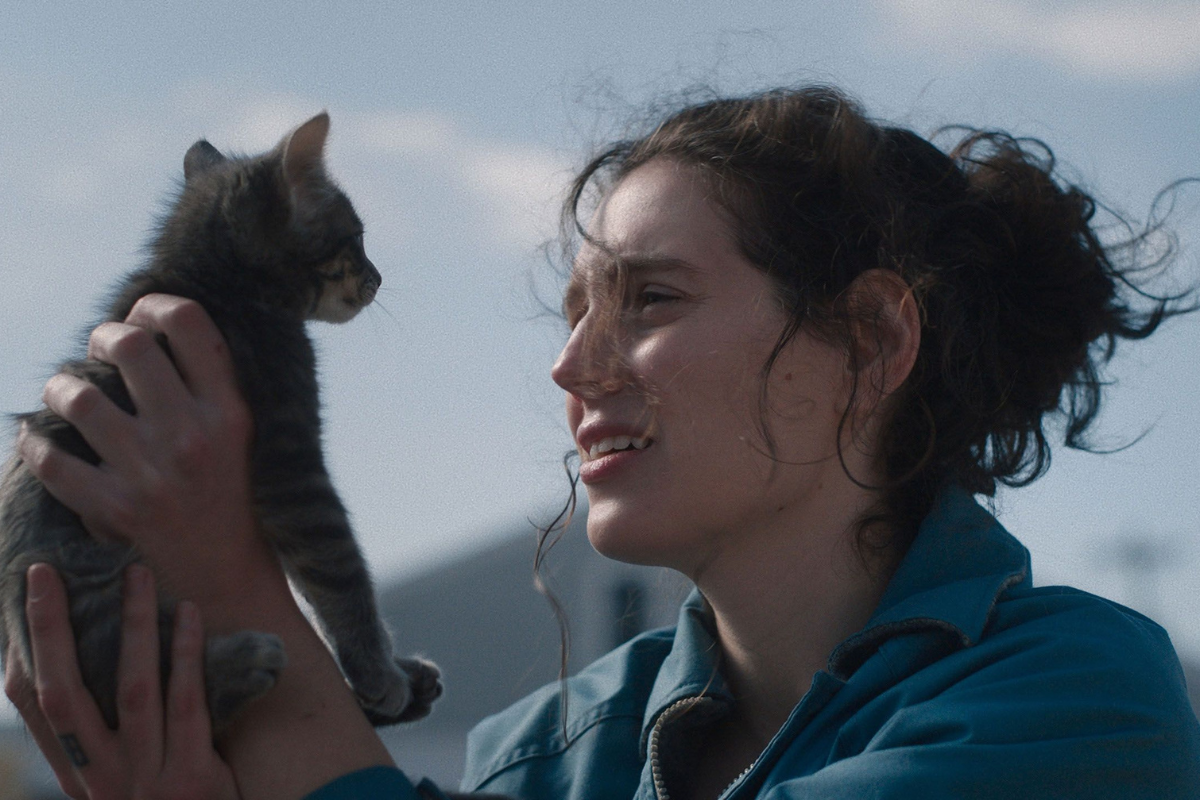SCI-FI CIRCUIT: ‘Stasis’ and the Underserved Low-Budget Sci-Fi Market
Jenna Avery interviews Nicole Jones-Dion about writing and directing her first feature length film, Stasis, and lessons learned for sci-fi writers.
Sci-Fi Circuit columnist Jenna Avery interviews writer-director Nicole Jones-Dion about her feature length film, Stasis, and her lessons learned for up-and-coming sci-fi screenwriters.
Jenna is a sci-fi screenwriter, writing coach, and the founder of Called to Write where she helps writers (and screenwriters!) write every day, year round. Follow her on Twitter @JennaAvery and on Instagram. [Full bio]
There's a new low-budget sci-fi feature from the executive producer of Cloud Atlas called Stasisheaded to iTunes and VOD on August 29th in the U.S. – and a lot we can learn from it as sci-fi writers.
I haven't seen the film yet (though it's already been released in over 30 countries), so this isn't a review.
But here's why I'm interested in the story of Stasis: When a screenwriter goes from writing on spec, to writing on assignment, to directing her own first short, to getting hired to write and direct a feature film, I'm interested.
I want to know how that happened, and how she got there.
Let's find out.
Lessons Learned from Writing and Making Stasis
I sat down with Nicole Jones-Dion, who both wrote and directed Stasis – in record breaking time, mind you – to see what lessons we up-and-coming sci-fi writers might glean from her experience.
Nicole and I are friends and colleagues from our days studying at ScreenwritingU together, so it was a treat to get to chat with her.
Nicole's first directorial project was Devil's Deal, a short she co-directed with a colleague, and also wrote.
Her second was Debris, a short horror film about an ancient and cursed samurai blade, a passion project she crowdfunded on Indiegogo.
(Full disclosure: I contributed to both projects.)
How Stasis Came to Be
Nicole was on the festival circuit with Debris, which was up for several awards, when she reconnected with Pearry Teo, a colleague of hers and an executive producer on the movie Cloud Atlas. Nicole and Pearry co-wrote Dracula: The Dark Prince, which he also directed, and Nicole wrote Tekken: Kazuya's Revenge on which he was an executive producer.
When he saw her directorial work with Debris, he asked if she'd be interested in directing a feature. "Sure," she said, "What'd you have in mind?" (This is consummate Nicole.)
He pitched her a YA concept he had about a young woman who sneaks out at night to party with her friends, OD's but recovers, and goes back home only to find someone who looks exactly like her sleeping in her own bed. That was it. From there, it'd be up to Nicole to write the rest of the story. She agreed to take on the project.
Three lessons to live by:
1) Put yourself out there. Nicole took on a project she was determined to get out into the world by writing, directing, and producing her own short, Debris, and was noticed for it.
2) The relationships we build over time created the opportunities for us in the future.
3) When opportunity knocks, say "Yes!"
Putting Together the Financing with a Poster and a Script
Since horror is where Nicole and Pearry tend to hang out, she first conceived the concept as a demonic possession but then their investors asked for a time travel take on the story, which they settled on in January of 2016.
Once they had their concept nailed down, to get the ball rolling, the investors quickly put together a conceptual poster (left, and much different than the official theatrical poster, shown above) to take to the Berlin Film Market in February to build a fan base and secure financing for the project... and Nicole had to put together a script in two weeks to meet that deadline.
As a writer, Nicole said she was struck by how "all you need is a concept and a poster – that’s how films are bought and sold."
Two lessons to live by:
1) Because viewers often decide whether or not to watch a film on the basis on a poster and a concept (and trailer), it's not surprising that films are sold on that basis, not as much on the basis of the script. And though that can be disconcerting for a writer, it's an invaluable lesson when it comes to understanding the marketplace.
2) Be ready to write... fast!
A Breakneck Timeline
Then, once the financing was in place, Nicole started planning the shoot. She was told originally she'd have 24 days. Then 18. Then 12.
The timeline was short both for budget reasons and to be ready to preview a teaser trailer in May at the Cannes Film Festival. Their first three days of shooting were used to compile that teaser.
As a first-time director, she "didn’t realize how ridiculous that was." She says, "Most movies get three to four weeks. People who make films in this budget range keeping asking how I pulled it off."
Her answer? "An amazing cast and crew."
Nicole is proud of what they accomplished with this film, particularly given the incredibly tight time frames she was given to work with.
Two lessons to live by:
1) Marketing and budget drive a lot of how a film gets put together, shot, and produced and can have a big impact on a film.
2) Look at what you ARE able to accomplish with the resources you have, not at what you can't or didn't do.
Shooting the Film
Nicole and crew shot the film in May of 2016 in the Arizona desert.
They were plagued with a variety of challenges, haunted sets with shadow people, LED costume batteries dying far too rapidly, injuries, proximity to favored locations for drug runners near the Mexico border, and more, but at the end of it all, Nicole has a positive attitude about the crew and the project as a whole, focusing on learning from what went wrong, understanding the process, and making the most of the opportunity.
A lesson to live by: No matter what happens, have a good attitude and learn from your experiences.
On Matching Up the Marketing
Although a typical convention in YA is to have a love triangle between girl and two guys, Nicole comments that the marketing campaign made some interesting choices, “focusing on the sci-fi elements rather than the YA love story.”
The international poster (to the right) emphasizes "the metaphysical / supernatural aspect where one of the characters is essentially a ghost,” whereas the U.S. poster, marketing, and trailer make it look "a lot more like a big action film," she says.
Despite the differences in the marketing, the film seems to be "finding an audience," as Nicole says, and it's ranking well in IMDb. "It was #317 last week on IMDb," she said at the time of our interview, "...still in top 500. I'm interested in how that's happening, so I can recreate it next time."
And so far, the film has fans. Nicole is being messaged privately by people saying they how much liked it. The actors are "getting flooded with fan mail," especially Anna Harr, who plays two lead roles in the feature film and is in practically every scene.
Nicole suspects a lot of the interest is the connection with Pearry as an executive producer on Cloud Atlas, as well as Anna's resonance with and appeal to teens, which is film's the target demographic.
Lessons to live by: Learn everything you can from what's working.
Walking Both Sides of the Fence
After working on this project, Nicole says she's now even more aware than before of the critical business decisions that go into writing a script.
This means being conscious of writing trailer moments, writing roles for A-list actors (no matter who is ultimately cast), giving the protagonist zingy one-liners, and imagining the marketing as she writes.
"As writers," she says, "we tend to ignore and take it for granted, but filmmaking is both an art and a business. All those elements that go into place and make it more salable. It's our job to walk both sides of fence. To make art, tell creative compelling stories, and make money back for our investors."
A lesson to live by: Filmmaking is both an art and a business.
Wide Open Spaces for Sci-fi Screenwriters
Since sci-fi tends to be realm for big budget, Nicole sees a "pent up demand for films like Ex Machina and Moon." She sees the low budget space as being a "wide open," underserved market for sci-fi.
She also notes that while comparisons between Stasis and The Terminator are inevitable because there's a time traveling character in the story much like The Terminator, she sees it as a loving homage to sci-fi classic that brings in a supernatural element too. It's more like "Terminator meets Ghost" for teens.
Her advice for sci-fi writers, is to "know your genre, be aware of things that have been done before, and try to bring something original to it. Make it your own somehow. Make the most of it."
Lessons to live by:
1) Look for the opportunities in the marketplace and be the one to jump in and fill them.
2) Bring your originality to your work, even if there are echoes and homages to other stories.
What’s Next for Nicole
For Nicole, horror is her bread and butter. She's just optioned The Elevator Game, and is working on other horror scripts, and possibly other low-budget sci-fi scripts as well.
You can find Nicole on Twitter, on Facebook, and on Instagram, and on her website at www.praxiscope.com.
Where to See Stasis
Catch Stasis on VOD and iTunes on August 29th. Follow Stasis online here.
Official Stasis Trailer on YouTube
You May Also Be Interested In
- Fitting Writing Into Your Life: Becoming a Productive Screenwriter with Jenna Avery at Screenwriter's University, starts on August 24th.
- More articles by Jenna Avery


